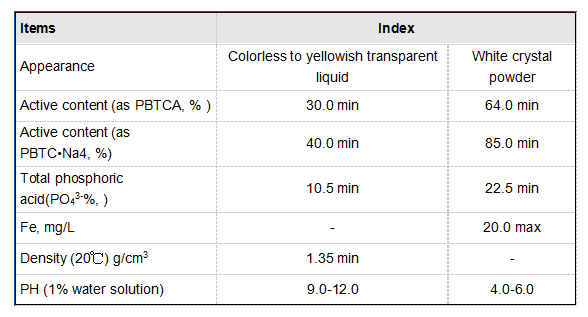Techniques for Enhancing Water Purification through Coagulation and Flocculation Methods
Coagulation and Flocculation An Essential Process in Water Treatment
Coagulation and flocculation are crucial processes in water treatment, fundamental for ensuring water quality and safety. These processes remove suspended solids, pathogens, and other impurities from water sources, enabling them to meet health and environmental standards. Understanding these processes is vital for engineers, environmental scientists, and anyone involved in water management and treatment.
What is Coagulation?
Coagulation refers to the chemical process of destabilizing colloidal particles in water. Colloidal particles are tiny, suspended solids that remain evenly distributed in water, preventing it from becoming clear. In natural water bodies, these colloids can include clay, silt, microorganisms, and organic matter.
The coagulation process typically begins by adding coagulants, which are chemical substances that facilitate the aggregation of suspended particles. Common coagulants include aluminum sulfate, ferric chloride, and polyaluminum chloride. These substances carry a positive charge, which neutralizes the negative charges of the colloidal particles. When added to water, coagulants promote particle collision and bonding, ultimately leading to the formation of larger aggregates known as flocs.
The Flocculation Process
Following coagulation, the flocculation stage occurs, where the formed flocs are allowed to grow larger. During this stage, gentle mixing encourages the flocs to collide and bond with one another, creating even larger aggregates. This process is essential for successfully removing impurities, as larger flocs are easier to separate from water.
Flocculation usually occurs in a specially designed tank known as a flocculator, where the water is stirred slowly to ensure that flocs can develop without being broken apart. This gentle mixing is critical, as excessive agitation can break the flocs into smaller particles, necessitating the process to start over.
Benefits of Coagulation and Flocculation
Coagulation and flocculation serve several key benefits in water treatment
coagulation and flocculation

2. Pathogen Removal The aggregation of microorganisms into flocs can enhance their removal during subsequent treatment stages, such as sedimentation and filtration. This is especially important for producing safe drinking water, as it reduces the risk of waterborne diseases.
3. Reduced Chemical Demand Coagulation and flocculation can reduce the need for additional chemical treatments by improving the efficiency of filtration and other treatment processes.
4. Cost-Effectiveness Implementing these processes can lower overall treatment costs by enhancing the removal rates of impurities, ultimately leading to decreased chemical usage and reduced energy consumption.
Challenges and Considerations
Despite their numerous benefits, coagulation and flocculation processes also face challenges. The efficiency of these processes can be influenced by various factors, including pH levels, temperature, and the characteristics of the water being treated. For instance, different water sources may require different types and dosages of coagulants to achieve optimal results.
Moreover, overuse of coagulants can lead to residual chemicals in the treated water, raising concerns about compliance with regulatory standards. Therefore, careful monitoring and optimization of coagulation and flocculation processes are essential to ensure that water treatment facilities operate effectively and sustainably.
Conclusion
Coagulation and flocculation are integral components of modern water treatment systems, playing a pivotal role in protecting public health and the environment. As water quality standards become increasingly stringent, the importance of these processes will likely continue to grow. Continued research and technological advancements will further enhance the effectiveness of coagulation and flocculation, ensuring safe and clean water for future generations. Understanding these processes not only aids in effective water treatment but also promotes better management of our vital water resources.
-
LK-319 Special Scale And Corrosion Inhibitor For Steel Plants: Advanced Solutions for Industrial Water SystemsNewsAug.22,2025
-
Flocculant Water Treatment: Essential Chemical Solutions for Purification ProcessesNewsAug.22,2025
-
Isothiazolinones: Versatile Microbial Control Agents for Industrial and Consumer ApplicationsNewsAug.22,2025
-
Scale Inhibitor: Key Solutions for Water System Scale PreventionNewsAug.22,2025
-
Organophosphonates: Versatile Scale Inhibitors for Industrial Water SystemsNewsAug.22,2025
-
Scale and Corrosion Inhibitor: Essential Chemical Solutions for Water System MaintenanceNewsAug.22,2025





